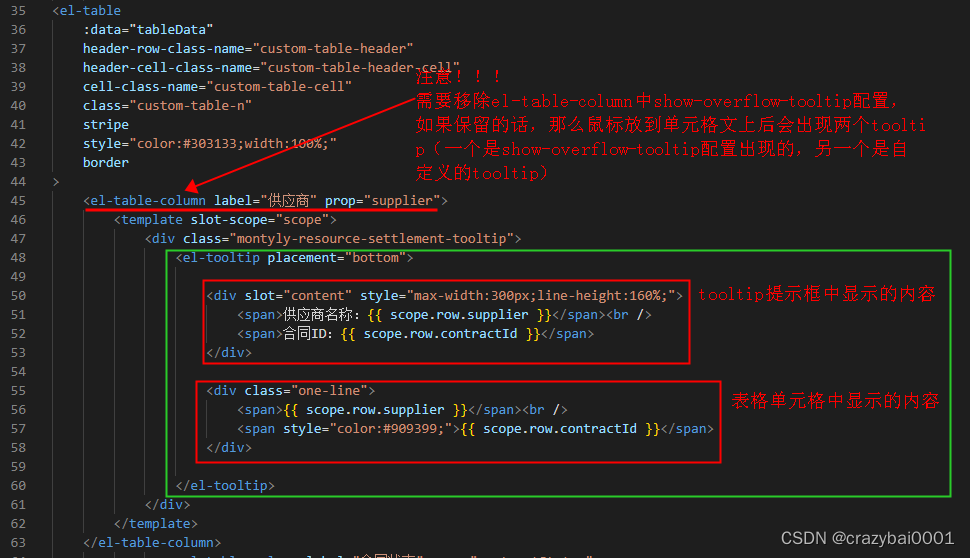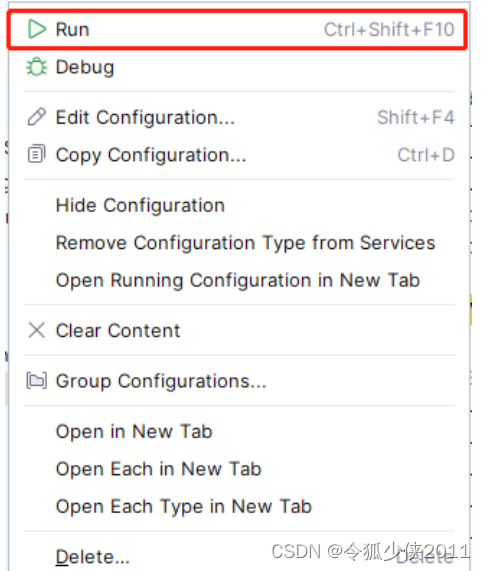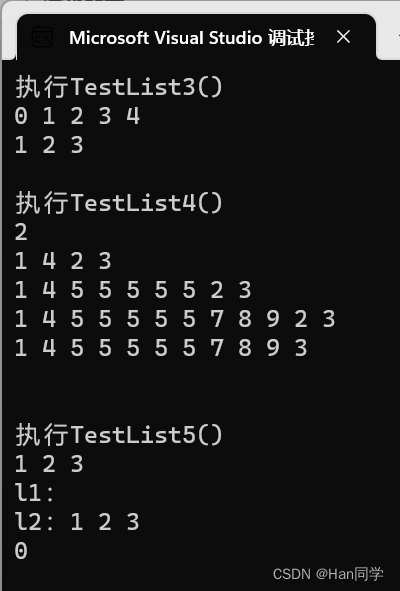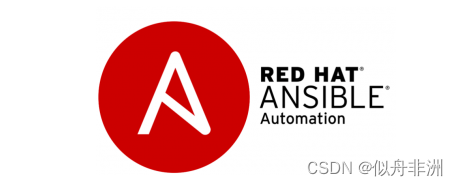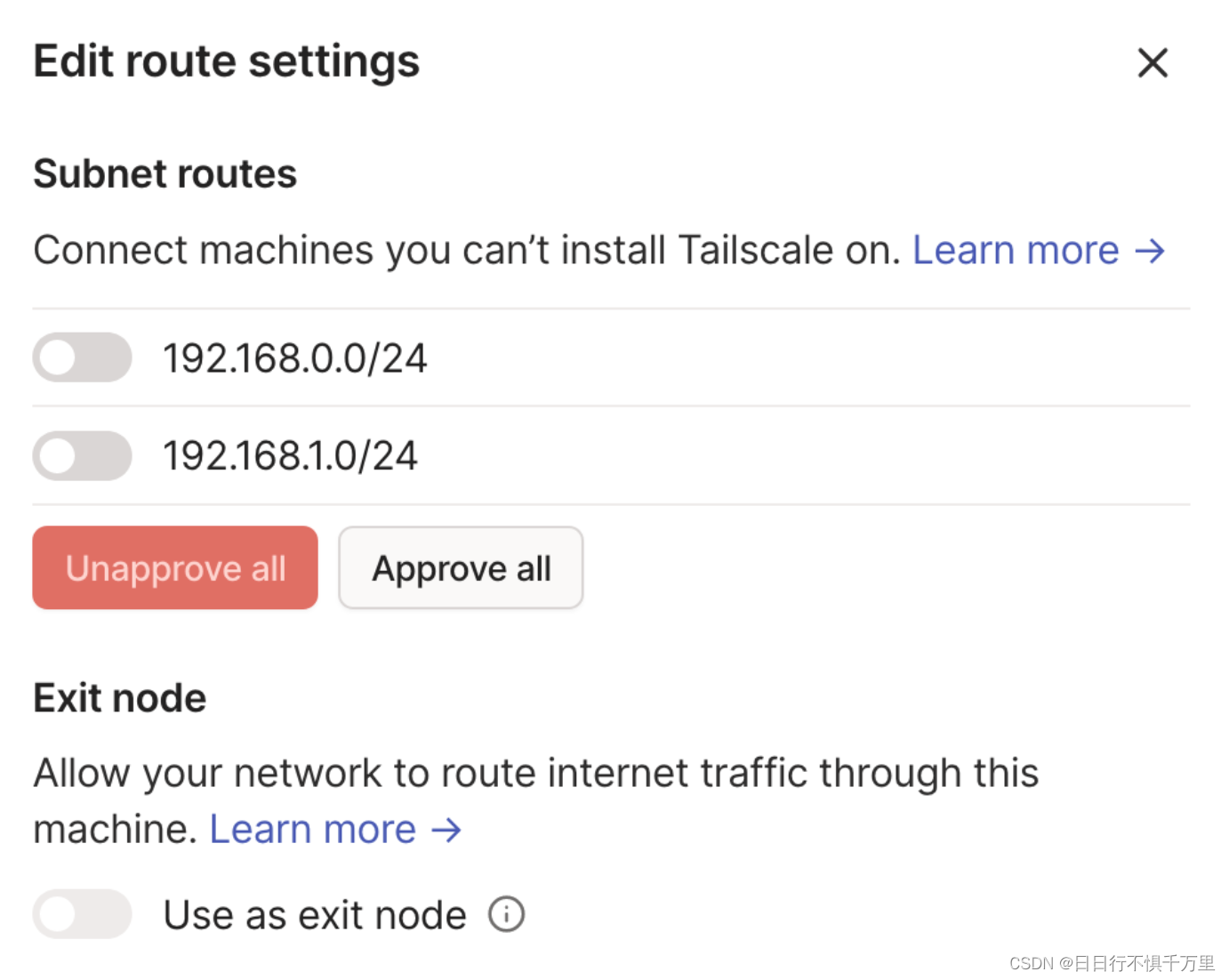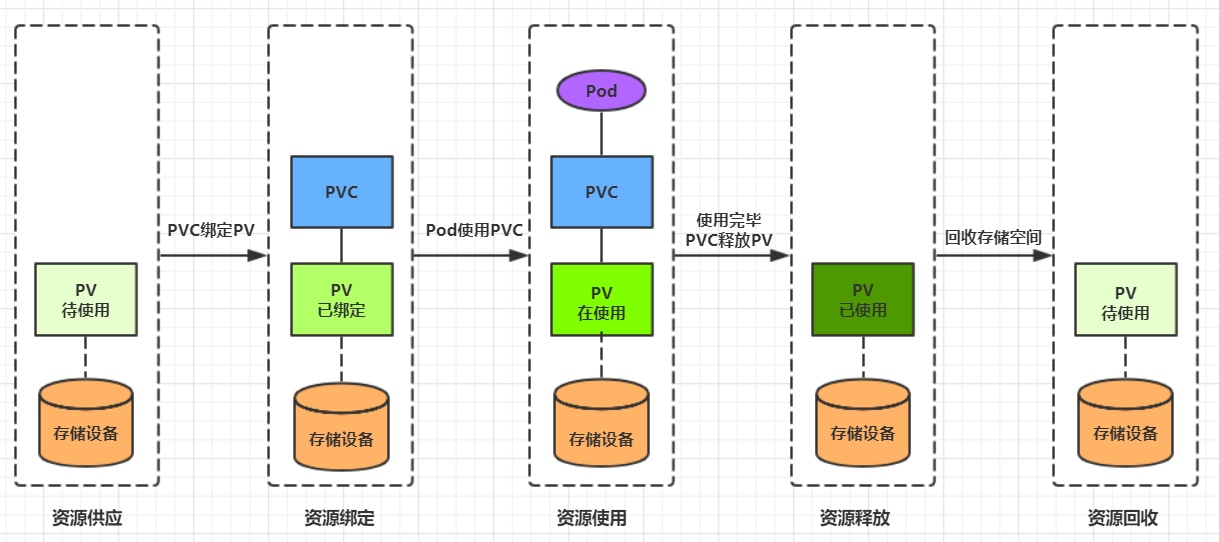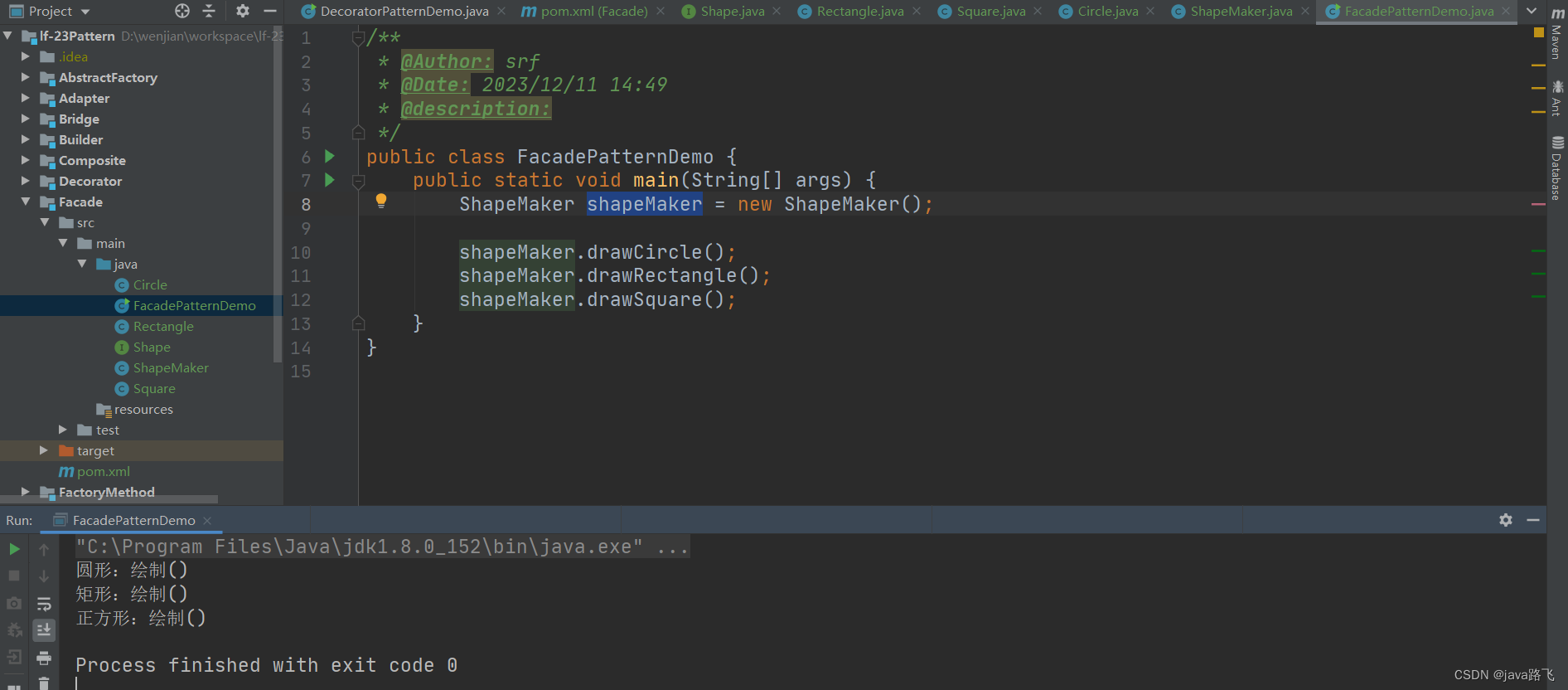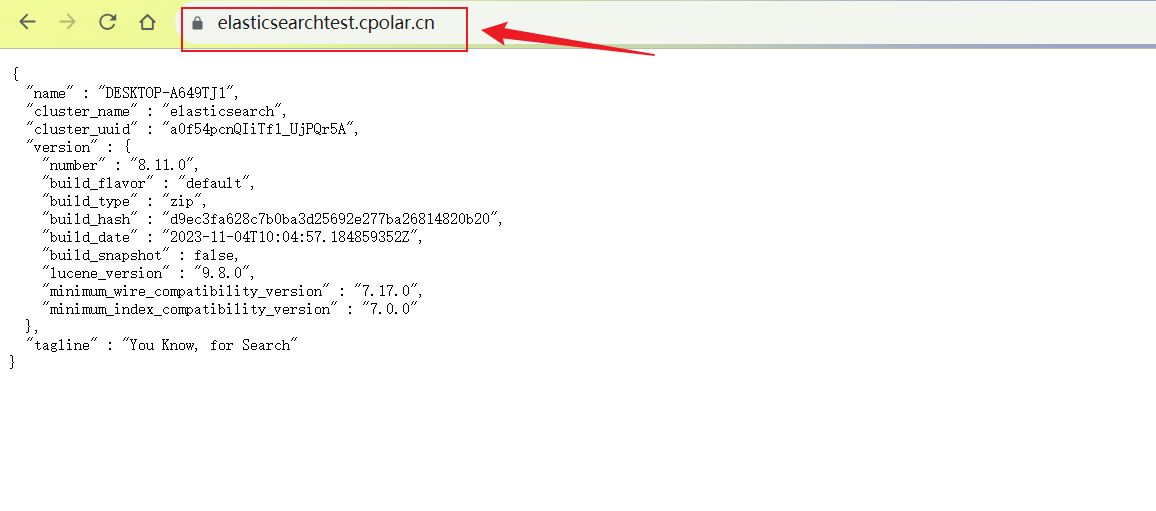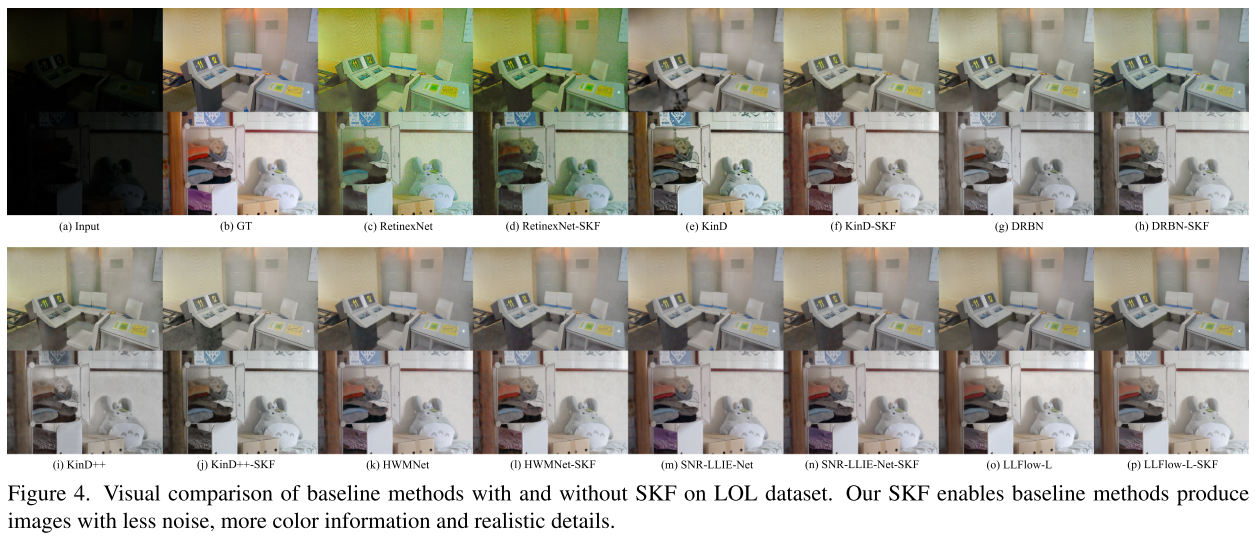在Java中,通过谨慎保护性地编写 readObject 方法,我们可以在对象反序列化的过程中加入额外的安全检查和验证,以确保反序列化后的对象的状态是合法和安全的。以下是一个简单的例子,演示如何保护性地编写 readObject 方法:
import java.io.*;
class User implements Serializable {
private static final long serialVersionUID = 1L;
private String username;
private transient String password;
public User(String username, String password) {
this.username = username;
this.password = password;
}
private void writeObject(ObjectOutputStream out) throws IOException {
out.writeObject(username);
out.writeObject(password);
}
private void readObject(ObjectInputStream in) throws IOException, ClassNotFoundException {
// 手动从序列化流中读取 username 和 password
username = (String) in.readObject();
password = (String) in.readObject();
// 在 readObject 中进行保护性检查,确保 password 不为 null
if (password == null) {
throw new InvalidObjectException("Invalid password during deserialization");
}
// 在 readObject 中进行其他安全性检查,根据需求添加
if (username.isEmpty()) {
throw new InvalidObjectException("Invalid username during deserialization");
}
}
@Override
public String toString() {
return "User{username='" + username + "', password='" + password + "'}";
}
}
public class ProtectiveReadObjectExample {
public static void main(String[] args) {
// 创建一个示例用户
User user = new User("john_doe", "password123");
// 将用户对象序列化到字节数组
byte[] serializedUser = serializeUser(user);
// 将字节数组反序列化为用户对象
User deserializedUser = deserializeUser(serializedUser);
// 输出反序列化后的用户对象
System.out.println("Deserialized User: " + deserializedUser);
}
private static byte[] serializeUser(User user) {
try (ByteArrayOutputStream byteArrayOutputStream = new ByteArrayOutputStream();
ObjectOutputStream objectOutputStream = new ObjectOutputStream(byteArrayOutputStream)) {
// 写入用户对象到序列化流
objectOutputStream.writeObject(user);
return byteArrayOutputStream.toByteArray();
} catch (IOException e) {
e.printStackTrace();
return null;
}
}
private static User deserializeUser(byte[] serializedUser) {
try (ByteArrayInputStream byteArrayInputStream = new ByteArrayInputStream(serializedUser);
ObjectInputStream objectInputStream = new ObjectInputStream(byteArrayInputStream)) {
// 从序列化流中读取用户对象
return (User) objectInputStream.readObject();
} catch (IOException | ClassNotFoundException | InvalidObjectException e) {
e.printStackTrace();
return null;
}
}
}
在上述例子中,readObject 方法进行了一些保护性检查,确保 password 不为 null,并根据需要可以添加其他的安全性检查。这样的做法可以防止在反序列化时出现不合法或不安全的对象状态。在实际应用中,具体的保护性检查会根据对象的业务逻辑和安全需求而有所不同。

